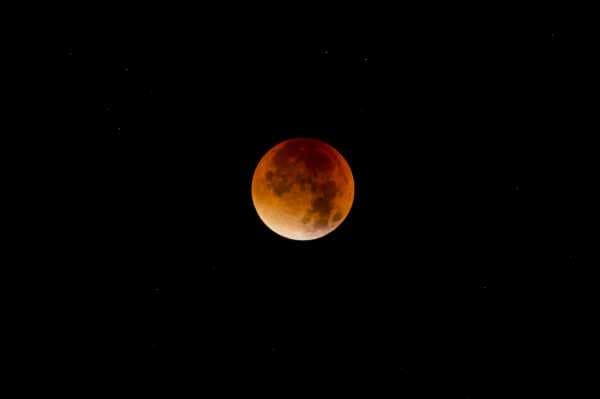
On Friday, July 27, the full moon will pass through the shadow of the Earth for 103 minutes. It will be the longest “blood moon” lunar eclipse of the century, as the moon turns red in the shadow of the Earth for nearly two hours.
Here’s the good news: The vast majority of people on Earth will be able to see this lunar eclipse. Here’s the less good news: Those of us in North America (save for a slice of Newfoundland, Canada) will not see it at all.
Sadly, by the time night falls in North America and the full moon rises here, the eclipse will already have ended. The moon will have finished traversing Earth’s shadow, or umbra. We’ll have to wait until January 21, 2019, when the next full lunar eclipse will be viewable here.
Thankfully, the astronomy education website Slooh will live-stream coverage of the eclipse starting at 1 pm Eastern on July 27. Watch it right here.
If you’re lucky enough to be reading this while in Australia, Asia, Africa, Europe, and South America, we’re jealous. All you have to do is go outside at 17:14 Universal time (1:14 pm Eastern) and look for the moon. That’s when the partial phase of the eclipse starts. The full eclipse begins at 19:30 UTC and then lasts a full hour and 43 minutes. (Check out precisely when the eclipse will occur where you live on TimeandDate.com.)
Enjoy! And tell us how it went; tweet pictures to @voxdotcom.
Further reading: eclipses
- The science of lunar eclipses, explained
- When is the next total solar eclipse?
- What’s so awe-inspiring about solar eclipses, in one paragraph
- The Antikythera mechanism is a 2,000-year-old computer. It can keep track of eclipses.
Sourse: vox.com






